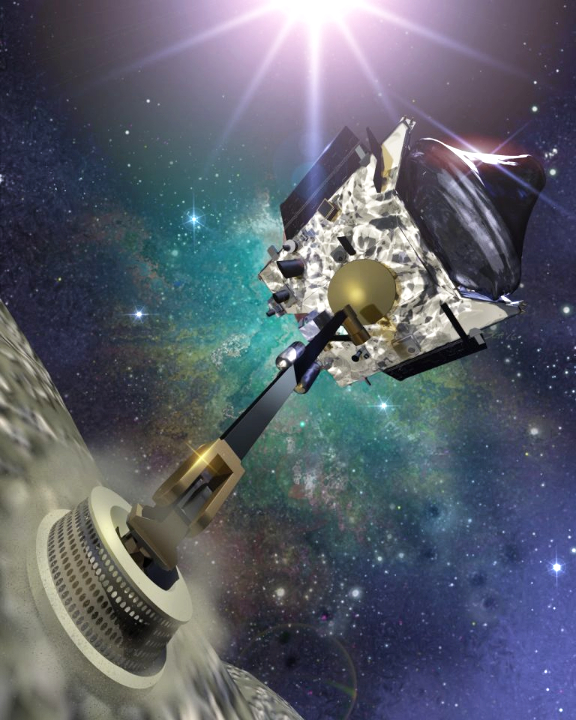
Scientists are now one step closer to learning more about how our solar system formed – and, potentially, the origins of life. The NASA OSIRIS-REx spacecraft, which was designed, built and flown by Lockheed Martin [NYSE: LMT] for NASA, has now departed asteroid Bennu and is headed back to Earth with a pristine, asteroid sample.

After a two-year, 1.4-billion-mile return cruise that included two revolutions around the sun, OSIRIS-REx will catch up with Earth in its orbit in 2023 and jettison its sample return capsule. This protective capsule contains what is estimated to be well over the required 60 grams of regolith needed for scientific study, or roughly the size of a candy bar.

The Science Behind the Mission Bennu is of keen interest for scientists because they believe it to be a well-preserved remnant from the beginnings of our solar system more than 4.5 billion years ago. It could contain clues about whether asteroids helped deliver ingredients for life to Earth and could also provide a glimpse into specific natural resources asteroids possess.

Once Bennu’s sample lands in the Utah Test and Training Range on Sept. 24, 2023, it will be curated at NASA’s Johnson Space Flight Center in Houston and shared with teams around the globe. With upcoming scientists and engineers in mind, NASA will save 75 percent of the sample for future generations to study.
The Long Journey Home Today’s departure maneuver was the mission’s longest engine burn since arrival at Bennu in 2018. OSIRIS-REx’s main engines fired for seven minutes, changing its velocity by 0.16 miles per second – about the cruising speed of a commercial airliner – and sending it on a trajectory to meet up with Earth in two and a half years.
OSIRIS-REx is the first NASA mission to collect material from an asteroid. It also represents the largest sample collected by a NASA mission since Apollo. This is NASA’s third robotic sample return mission, and Lockheed Martin has built and operated all three of those spacecraft.
“It’s both exciting and bittersweet,” said Sandy Freund, mission operations program manager of the Lockheed Martin Mission Support Area, where OSIRIS-REx is flown. “I can’t wait to see what we learn from the sample when it returns to Earth. Yet, at the same time, we’ve now said goodbye to this asteroid that we’ve gotten to know so well over the past couple of years.”
